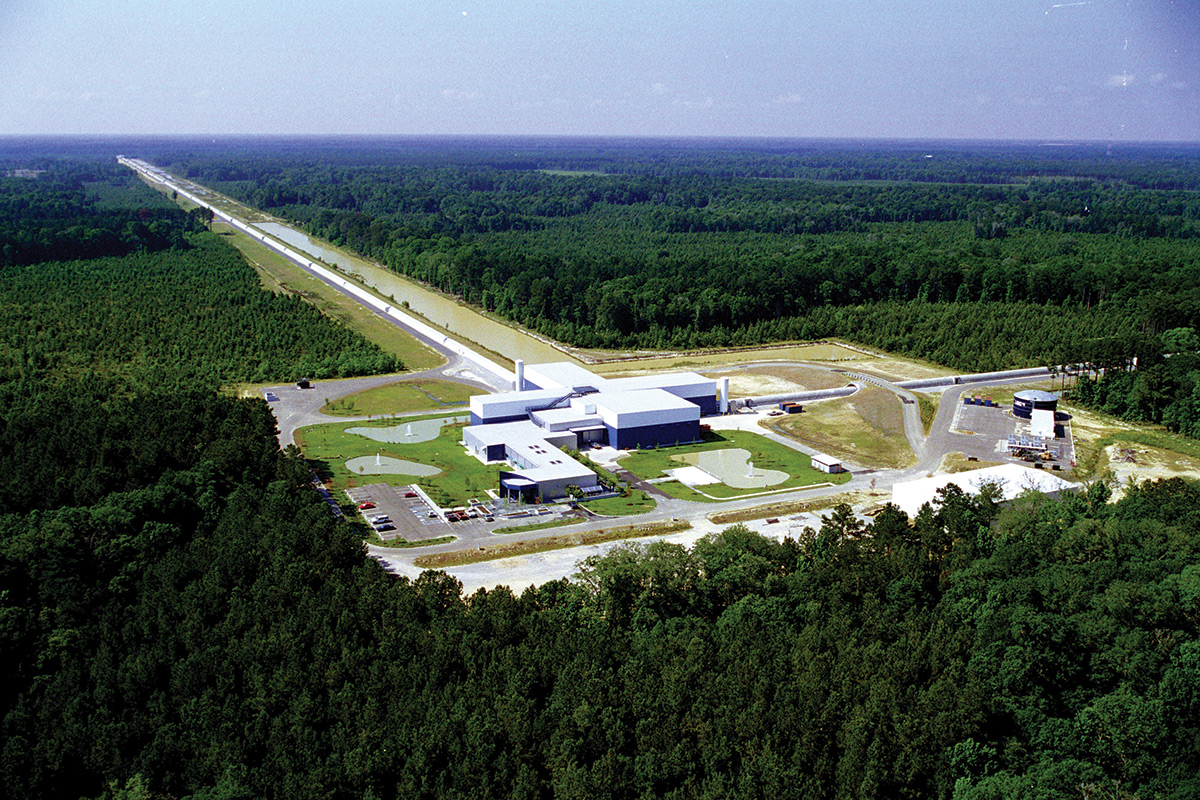


A key objective going forward is to make the first unambiguous electromagnetic detections of the same events that gave rise to the GW signals. This is much more likely to occur in mergers involving at least one neutron star, since emission mechanisms stem in one way or another from baryonic matter, whereas GW150914 is now understood to have been produced by a binary black hole system. Discovery of an optical, IR or radio counterpart would pinpoint the exact location of the source, hence providing validation of the detection and essential information about its redshift, galactic environment and the nature of the event. The primary challenges we face are the very large GW error regions (typically a few 100s of sq-deg with two detectors and few 10s of sq-deg with three) and the likely faintness of the EM signals, requiring fast deep surveys of large areas of the sky and also relying on further followup to weed out false positives.
The most promising EM counterpart is the r-process kilonova/macronova (KN) expected to accompany compact binary mergers involving at least one neutron star, whose emission is predicted to be predominantly in the near-IR. VISTA, as the most powerful nIR survey telescope, has a crucial role to play in these searches.
Recently, the first detection of a late-time (~1 week in the rest frame) infrared excess following a SGRB was made (Tanvir et al. 2013 Nature 500 547; Berger et al. 2013 ApJ 774 L23), which fundamentally changes this situation. Late-time rebrightening is predicted in the case of neutron star mergers due to the tidal ejection and subsequent decompression of some portion of the NS material (up to a few percent of a solar mass), leading to transient emission powered by the radioactive decay of the heavy, neutron-rich isotopes so produced (e.g., Li & Paczynski 1998 ApJ 507 L59; Rosswog 2005 ApJ 634 1202; Metzger et al., 2010, MNRAS 406 2650). Dubbed r-process ``kilonovae" (or ``macronovae"), it is thought these events may be the dominant site of r-process nucleosynthesis in the universe and especially of the heaviest, ``third peak" elements (e.g., Lattimer & Schramm 1974 ApJ 192 L145; Freiburghaus et al. 1999 ApJ 525 121; Just et al. 2015 MNRAS 448 541; Hirai et al. 2015 ApJ 814 41).
Detailed numerical models (e.g., Barnes & Kasen 2013 ApJ 775 18; Kasen et al. 2013 ApJ 774 25; Tanaka & Hotokezeka 2013 ApJ 775 113; Grossman et al. 2014 MNRAS 439 757) have shown that the kilonova emission is likely to peak in the near-IR 5-10 days after the initial merger, and to be much fainter in the optical due to the high opacity of the same heavy species. This is consistent with the finding in the case of GRB 130603B and thus provides empirical evidence for an alternative, quasi-isotropic (since the outflows are non-relativistic), slowly evolving EM signal which can be searched for following a GW detection. Given that KN emission is a rather generic and robust prediction of the models (albeit that the exact light curves, spectra etc. are hard to calculate, and likely to depend significantly on the specific parameters of any given binary; e.g., Kyutoku et al. 2015 PRD 92 4028), it provides arguably the best prospect for GW counterpart searches.